Traditional Crafts of India: Brass Handicrafts

India, a culturally diverse and vibrant country, has preserved its heritage through exquisite arts and crafts, with traditional crafts forming the foundation of its culture. These crafts, renowned worldwide, offer a glimpse into India's rich history and are a major attraction for visitors.
Brass Crafts: The Arrival and Evolution
1] Historical Significance:
a) Brass making was introduced to India by Muslim families in Moradabad, who brought complex Persian patterns and sophisticated tools.
b) Brass craftsmanship flourished under the patronage of the Mughals and the British.
2] Material Composition:
a) Brass is an alloy of copper and zinc, and altering their proportions produces various types of brass.
b) It has a golden tint similar to gold, adding to its appeal.
3] Impact of Metal Discovery:
a) The discovery of metals significantly eased human life, enabling the creation of durable and functional items.
b) India is a leading producer of high-quality brass, used in a wide range of products from decorative pieces to practical ware.
Brass Handicrafts: Legacy and Utility
3] Ancient Artistry:
a) Brass handicrafts date back approximately 5 million years, showcasing excellent and majestic utility.
b) Ancient artisans created some of the most intricate and functional brass items, many of which were used in temples, palaces, religious sites, and royal residences.
4] Royal Symbolism:
a) Due to their appealing motifs, brass handicrafts were adopted by royalty as symbols of power and authority, adorning attire, jewelry, and crowns.
Advantages of Using Brass
1] Durability and Corrosion Resistance:
a) Brass, an alloy of copper and zinc, is known for its durability and resistance to corrosion.
b) Its use in various applications has increased due to these properties.
2] Aesthetic and Functional Appeal:
Brass's unique characteristics such as weather resistance and aesthetic appeal make it a popular choice for industrial equipment, utility items, and domestic products.
3] Economic and Maintenance Benefits:
a) Brass items require low maintenance and are cost-effective, offering an advantage over other metals.
b) Electroplating brass removes layers that could cause rusting, enhancing its longevity.
Production of Brass Handicrafts: Essential Aspects
1] Raw Materials:
a) High-quality raw materials are crucial for producing durable brass handicrafts that can last for decades.
b) Brass's anti-corrosive properties further enhance its longevity.
2] Sculpting and Engraving:
a) Brass’s toughness requires skilled craftspeople for quality sculpting and engraving.
b) Extensive training and standardized techniques are essential for mastering this craft.
3] Staining and Coloring:
a) Common colors include light brown, dark, plain black, green, and combinations.
b) Brass is oxidized using safe chemical processes to achieve distinct hues without health hazards.
4] Coating and Finishing:
a) A transparent coating layer is applied to preserve the color and prevent damage.
b) This coating ensures the brass retains its natural color indoors and outdoors, regardless of weather changes.
Conclusion

Brass handicrafts are a testament to India's rich cultural heritage and artistic excellence. The meticulous craftsmanship involved in their production highlights the creativity, patience, and dedication of Indian artisans. These handicrafts not only serve practical purposes but also add aesthetic value, making them treasured items for home decor and meaningful gifts for special occasions.

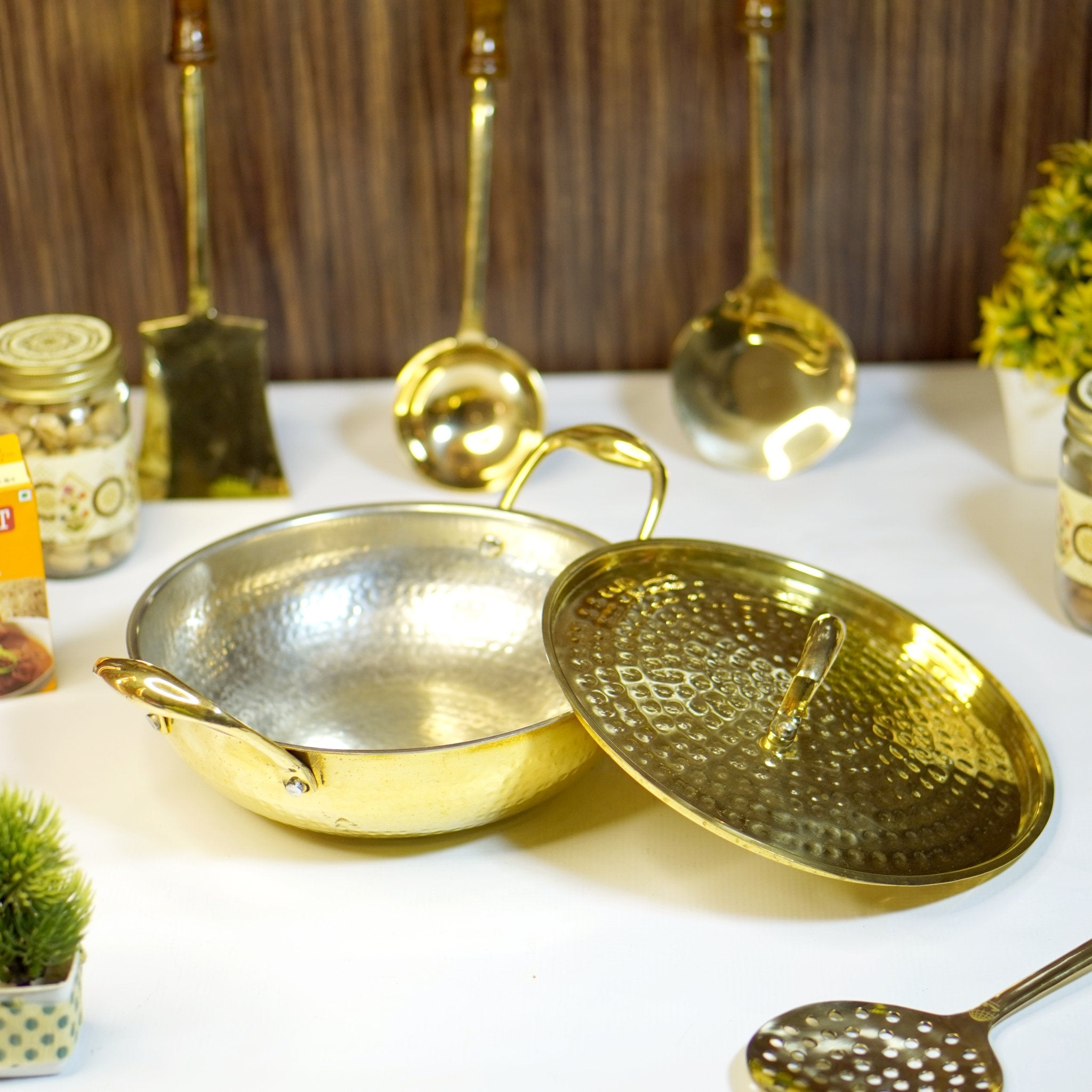
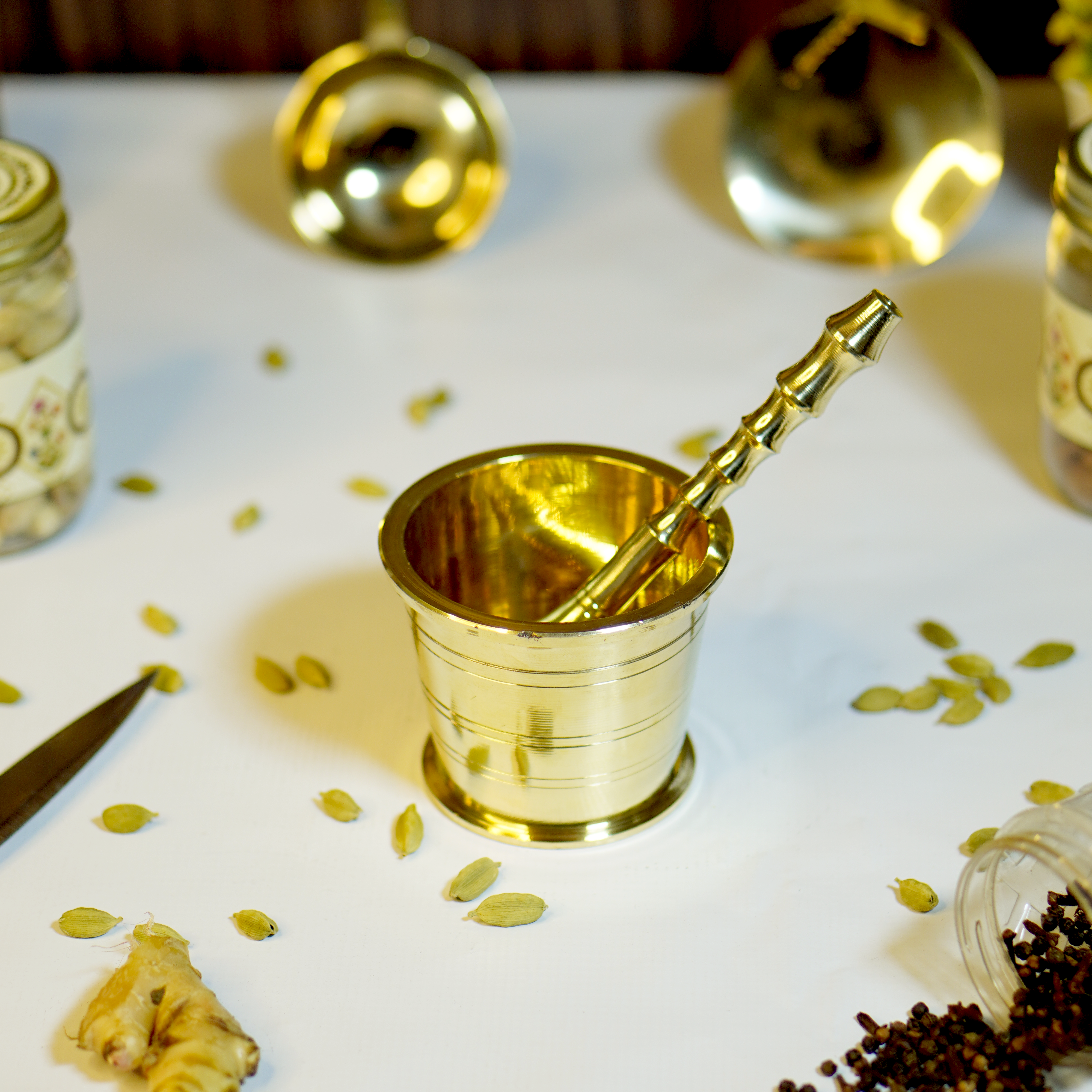
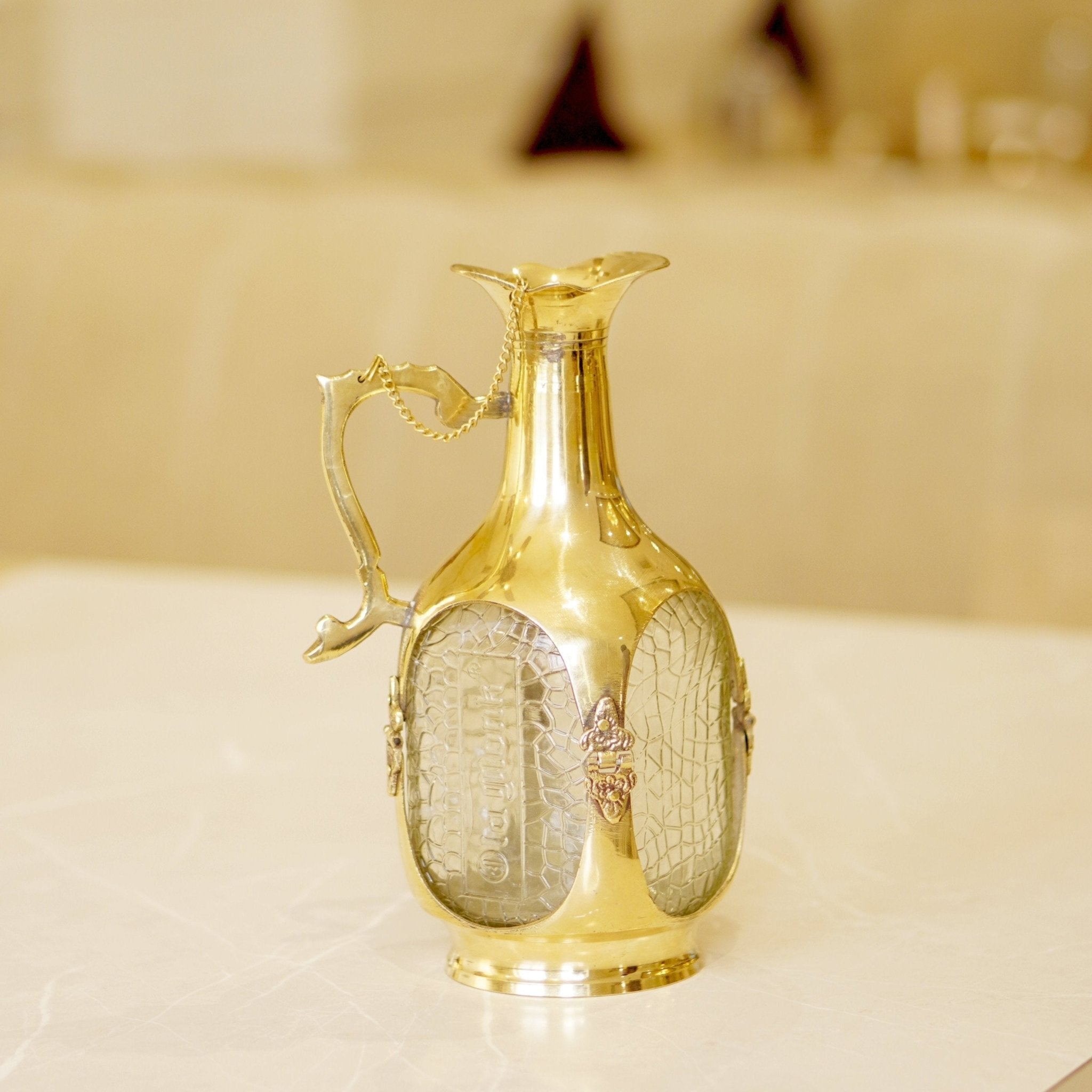
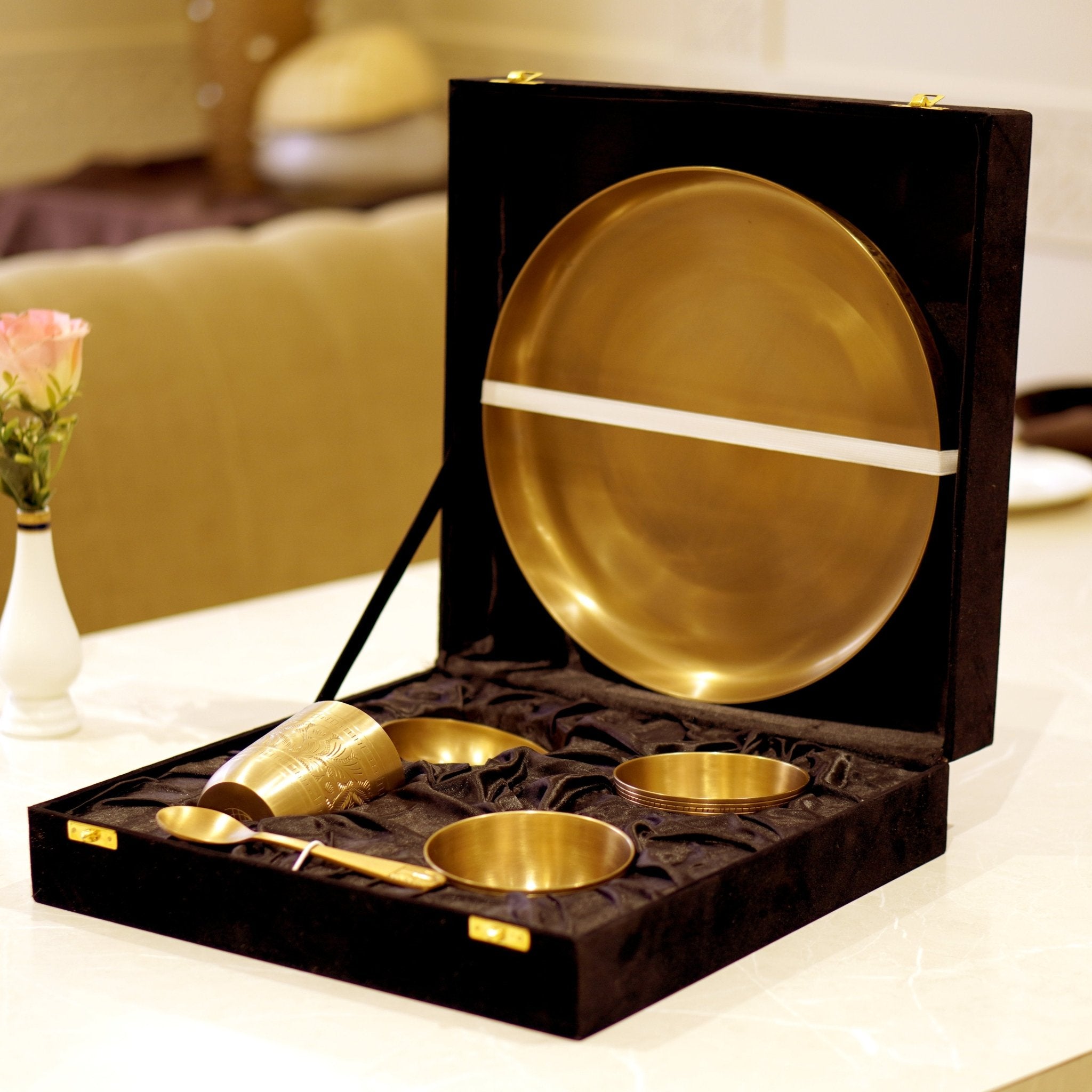
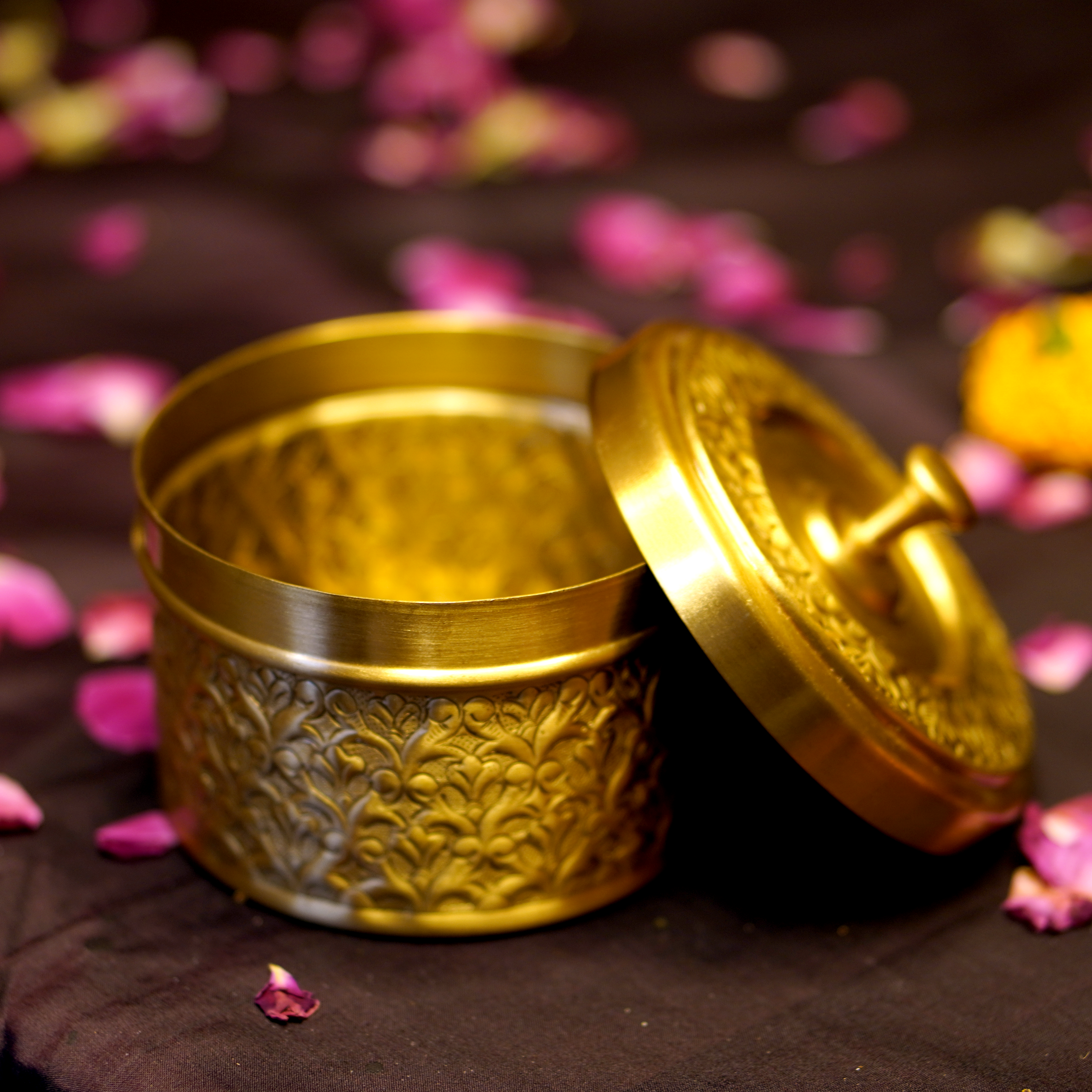
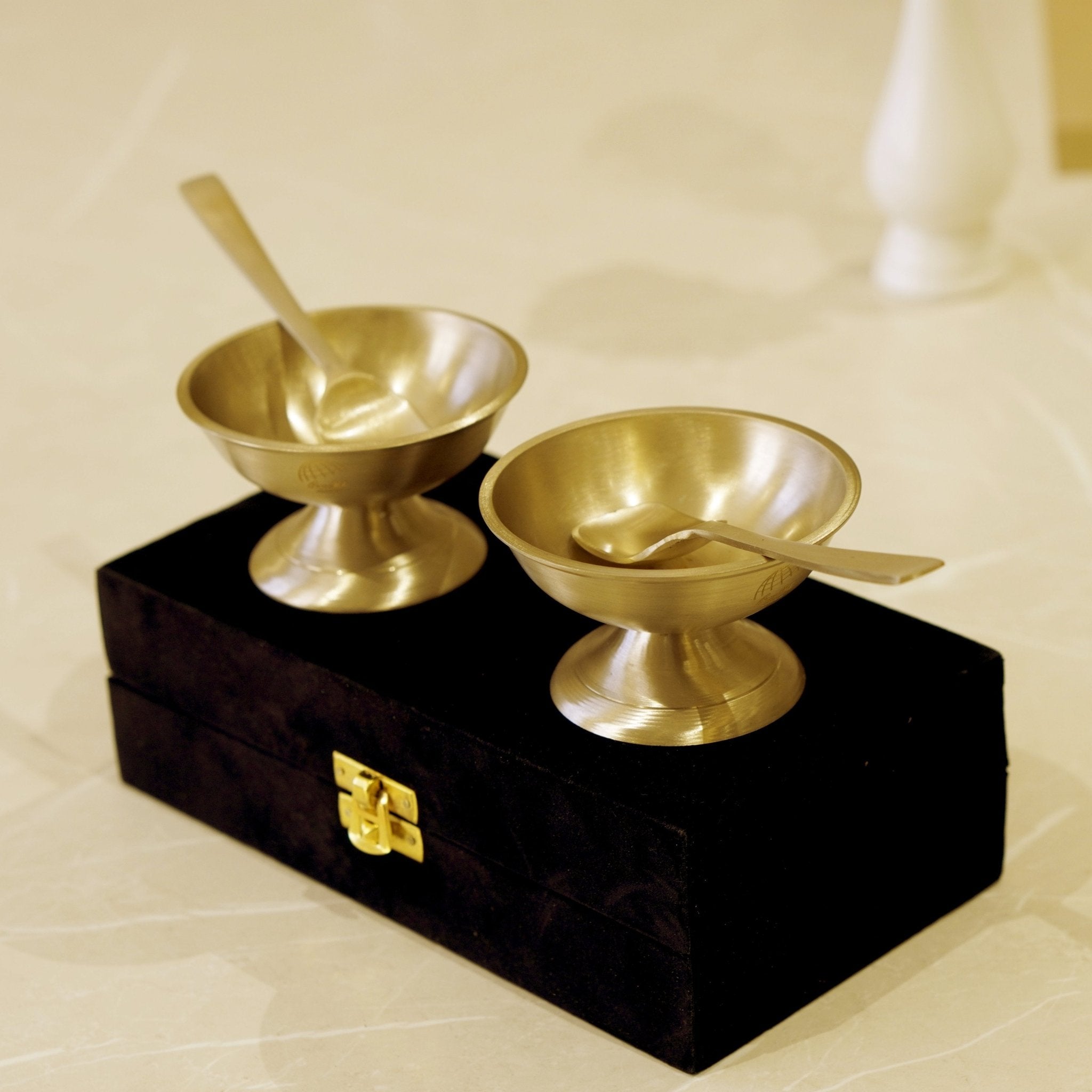
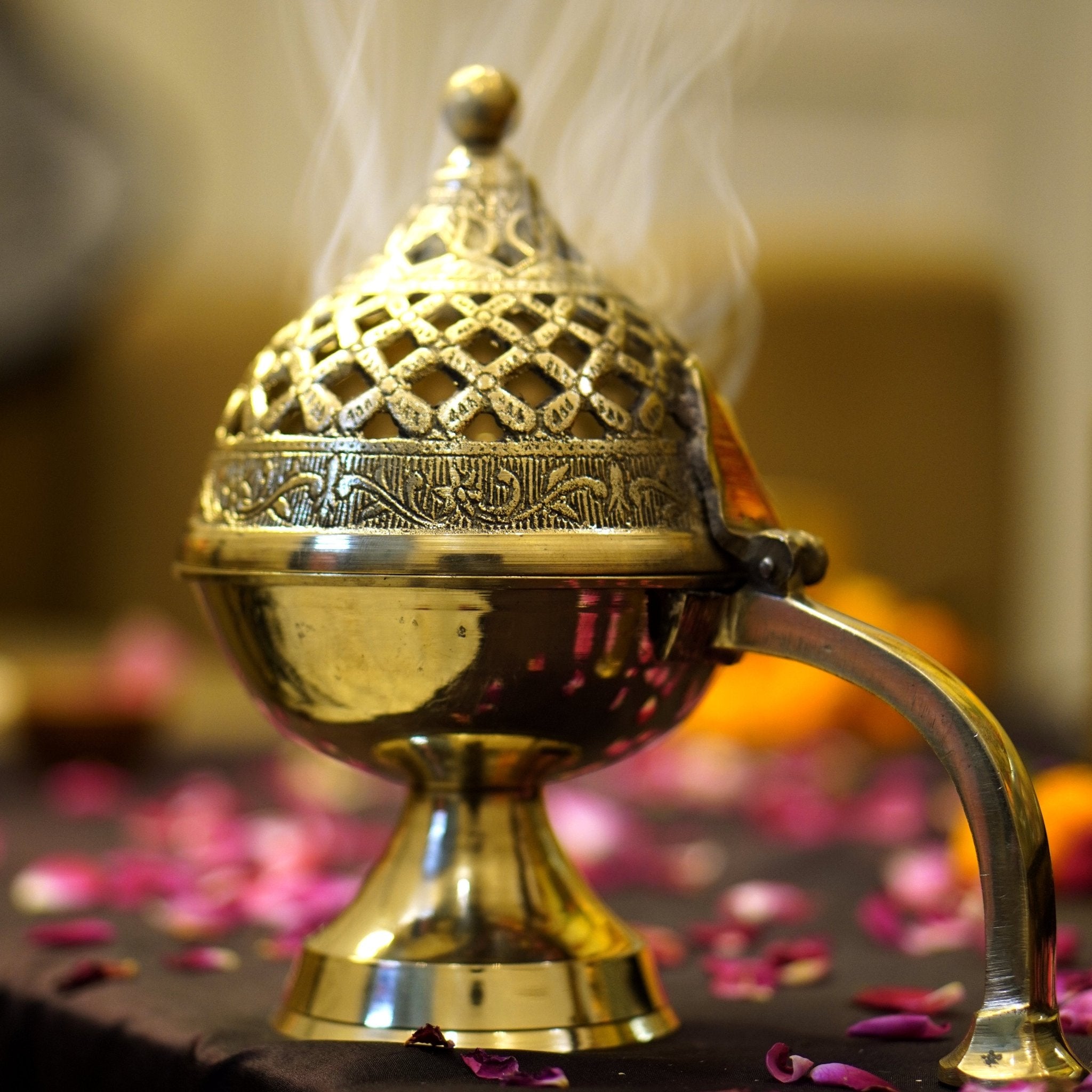
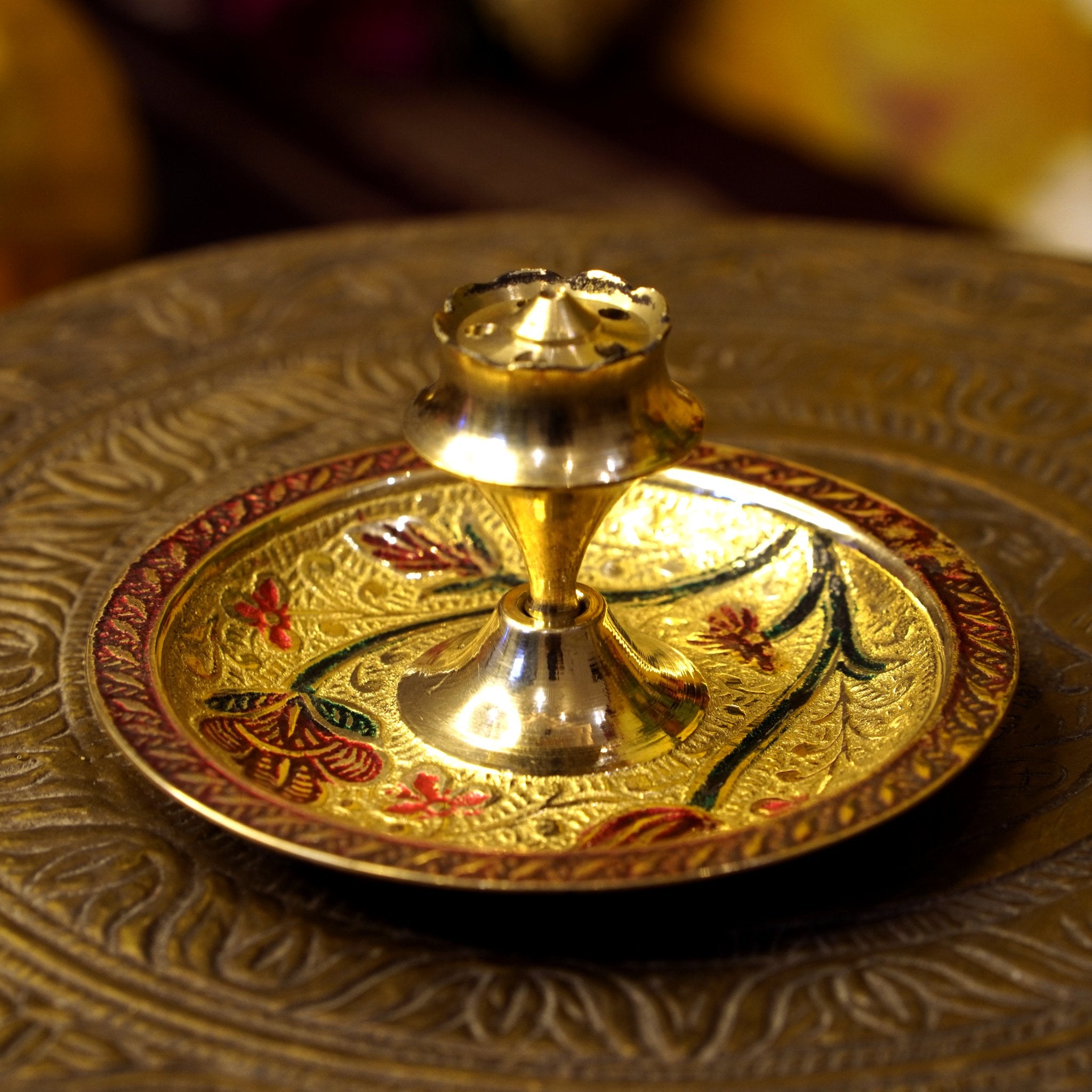
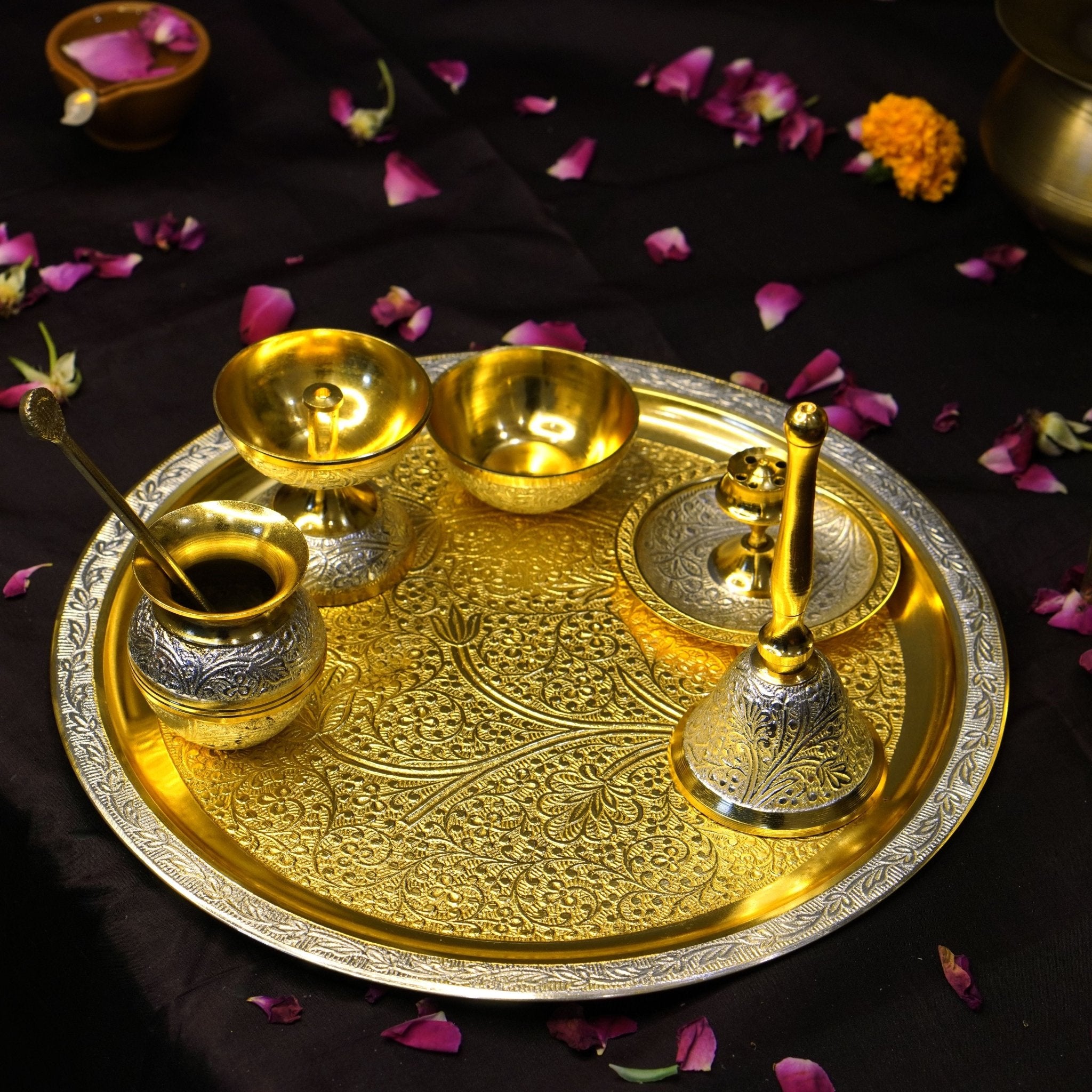
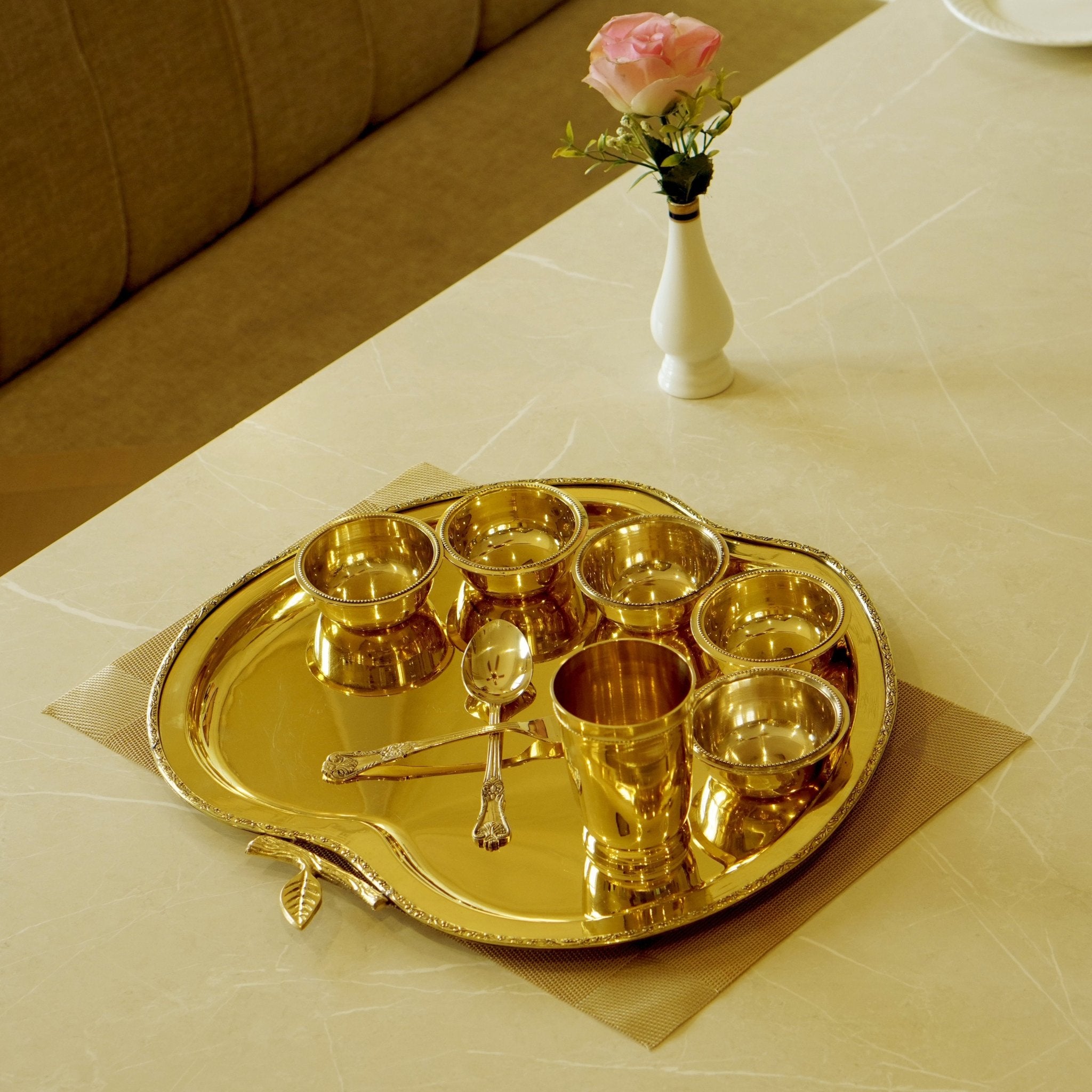
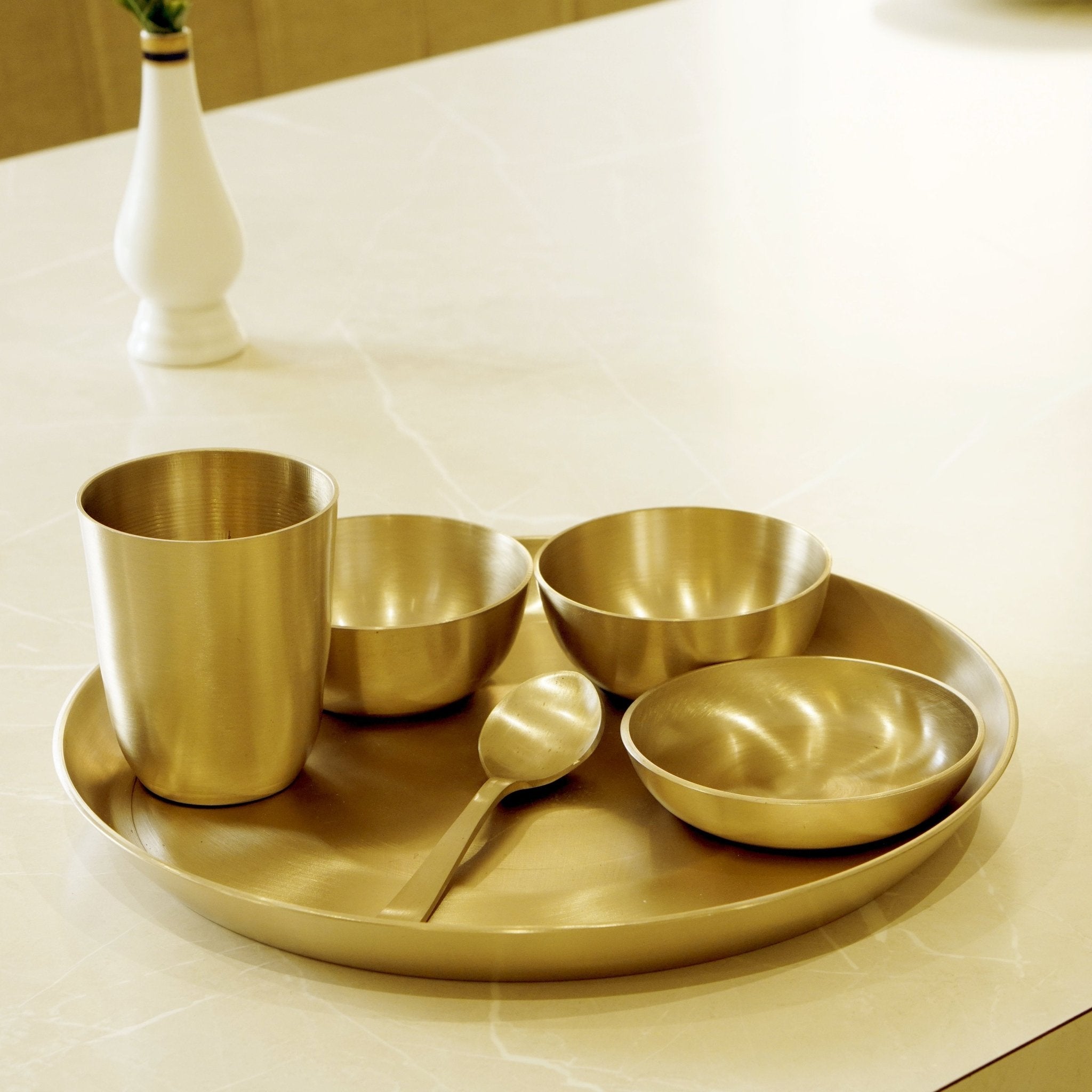
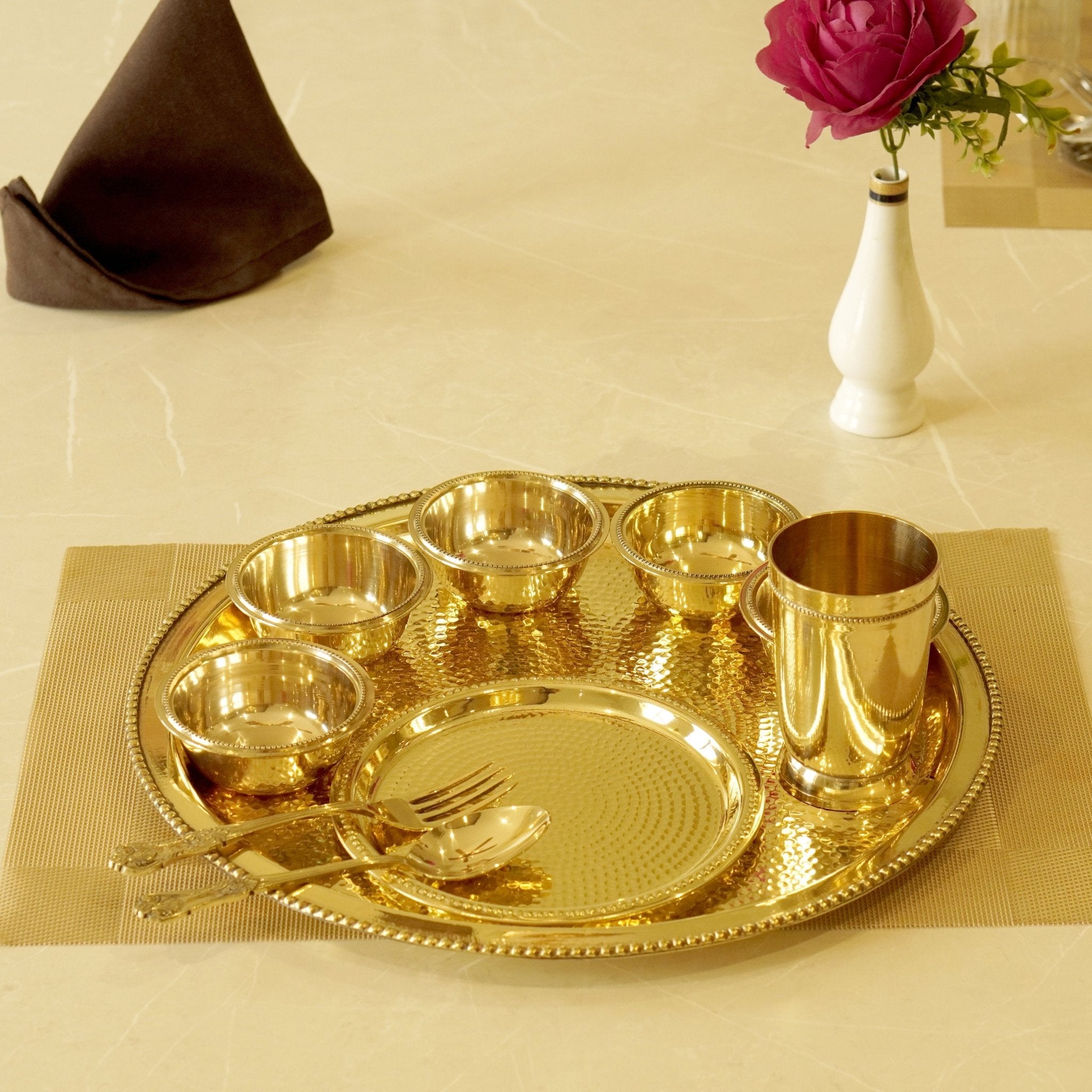
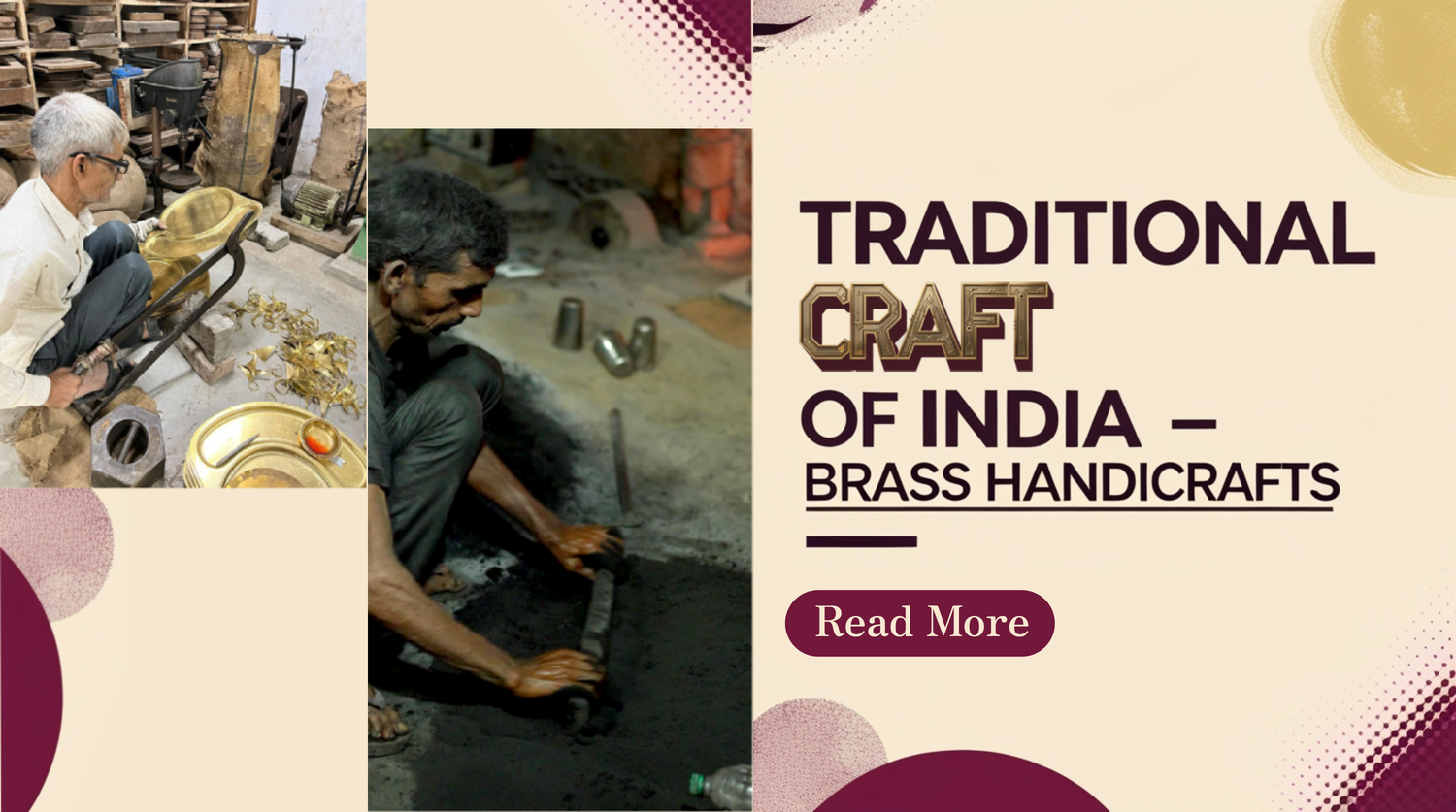


Leave a comment
This site is protected by hCaptcha and the hCaptcha Privacy Policy and Terms of Service apply.